Feeling stuck in the 9-to-5 grind? Dreaming of making money online, maybe even while living abroad like I have for over 20 years, but confused by all the options? You’ve probably heard whispers about “affiliate marketing,” potentially seen flashy promises online, and wondered if it’s legit or just another internet pipe dream. When I first dipped my toes into the online world back in the day, trying everything from freelancing to drop-shipping, affiliate marketing felt like a puzzle. But stick with me because understanding what is affiliate marketing and how it genuinely works is your first step towards potentially building a flexible online income stream.
This guide will break it all down – no confusing jargon, just a clear explanation of the process, the key players involved, why it’s a fantastic model (especially for beginners!), and some common myths we need to bust right now. Let’s get started!
Affiliate Marketing Explained: The Super Simple Version
Okay, let’s cut through the fluff. At its heart, affiliate marketing is simply promoting other companies’ products or services and earning a commission when someone makes a purchase through your unique recommendation link. Think about it, like recommending your favorite local restaurant here in the Philippines (or anywhere!) to a friend. If that friend goes and eats there because you recommended it, imagine the restaurant giving you a little “Thank You” bonus. That’s like affiliate marketing, but online and usually automated!
You, as the affiliate (or publisher), partner with a merchant (the business selling the product). You share their product using a special affiliate link. When a customer clicks your link and buys something, the merchant pays you a piece of the pie (a commission). Simple in concept, right? It’s a performance-based advertising model – the business only pays you when you deliver a result (typically a sale). This makes it super attractive for businesses (over 80% use it!), and potentially lucrative for you.
How it Actually Works: The Magic Behind the Click
So, how does the internet magically know that you sent the customer? It’s not magic, but it is clever tech involving unique links and cookies.
Your Unique Affiliate Link: The Digital Fingerprint
When you join an affiliate program, you get a special tracking link that’s unique to you. It might look a bit long and complicated, often with your affiliate ID embedded in it. This link is crucial – it’s how the merchant identifies traffic coming from your promotional efforts. You’ll place this link in your blog posts, video descriptions, emails, or wherever you’re promoting the product.
The Click and the Cookie Trail
When someone clicks your unique affiliate link, a few things happen almost instantly:
- They are redirected to the merchant’s website (e.g., the product sales page).
- A small file called a cookie is placed on their web browser. Think of this cookie like a tiny digital notetaker that remembers “Hey, this person came from Daniel’s link!”
- This cookie usually has an expiration date (the “cookie duration”), which could be anything from 24 hours (like Amazon Associates) to 30, 60, 90 days, or even longer. Tracking the Sale & Getting Paid
If the customer makes a purchase before that cookie expires, the merchant’s system sees the cookie, recognizes it came from your link, attributes the sale to you, and voilà – you earn a commission! This system, primarily using first-party cookies these days for better privacy, is the backbone that makes affiliate marketing work.
Read my article here how Affiliate Links Work.
The Key Players in the Affiliate Game
It helps to know who’s who in this ecosystem:
- The Merchant (or Advertiser/Brand): The business that creates and sells the product or service. They set up the affiliate program and pay commissions. (Think: Nike, Amazon, or software companies like the ones Jonathan Montoya partners with).
- The Affiliate (or Publisher/Partner): That’s potentially you! The person or company promoting the merchant’s product using their unique link. This could be a blogger, YouTuber, social media influencer, email marketer, etc.
- The Customer: The end-user who clicks the affiliate link and (hopefully!) makes a purchase. Their action drives the whole process. They usually don’t pay extra; the commission comes out of the merchant’s margin.
- The Affiliate Network (Optional): Consider these to be middlemen or marketplaces connecting merchants and affiliates. Networks like ShareASale, CJ Affiliate, or ClickBank provide platforms for tracking, reporting, and payments, making it easier for affiliates to find programs and for merchants to manage them. Some merchants run their own “in-house” programs directly.
Read my article ‘Understanding Affiliate Networks‘.
Why Businesses Love It (And Why It’s Great for Beginners!)
Businesses are pouring billions into affiliate marketing globally (projected to hit nearly $12 billion in the US alone in 2025!) for good reasons:
- Performance-Based ROI: They mainly pay for actual sales or leads, making it low-risk and highly cost-effective.
- Expanded Reach: Affiliates help them reach new audiences they might otherwise miss.
- Increased Sales & Traffic: It’s a proven channel for driving conversions.
But why is it often touted as great for beginners looking for that online freedom? This is the part that got me hooked after years of trying other things:
- Low Start-Up Costs: You don’t need to create your own product, handle inventory, or manage shipping. Joining most affiliate programs is free. Your main investment is usually time and potentially costs for a website or tools.
- Flexibility: Work from anywhere with an internet connection (seriously, I’ve run campaigns from cafés here in the Philippines!) and typically on your schedule. This is huge if you’re balancing a job or other commitments.
- No Customer Service Headaches: The merchant handles customer support, refunds, etc. You focus on promotion.
- Wide Variety of Niches: You can promote products related to almost any hobby or interest, from travel and tech to fitness and finance.
It’s not magic, it requires learning and effort, but the barrier to entry is significantly lower than many other online business models.
Pros and Cons of Starting Affiliate Marketing

Busting Common Affiliate Marketing Myths (Let’s Be Real!)
You’ve probably seen some wild claims online. Let’s clear the air on a few common myths:
- Myth #1: It’s Easy Money / Get Rich Quick. Nope! Sorry to burst that bubble. While the potential is there, building a sustainable income takes time, consistent effort, learning new skills, and treating it like a real business. When I started, I definitely didn’t get rich overnight!
- Myth #2: It’s a Scam / Pyramid Scheme. Legitimate affiliate marketing is simply performance-based advertising. You promote real products/services from real businesses. It’s not about recruiting others under you like MLM. Be wary of programs that focus only on recruitment, but the core model itself is sound.
- Myth #3: You Need a Huge Following or Website. While having an audience helps, you can start without one. There are strategies involving paid ads, specific social media tactics, or even promoting without a website (though having your own platform is usually the best long-term). Read my article Affiliate Marketing Without a Website.
- Myth #4: It’s Too Saturated / Dead. The industry is growing, not shrinking! Yes, there’s competition, but there are always new niches, new products, and new ways to connect with audiences authentically. Adaptability (something I learned the hard way over 20 years!) is key.
Understanding what is affiliate marketing also means understanding what it isn’t. It’s a viable business model, but it requires work and realistic expectations.
Affiliate Marketing in Action: A Quick Example
Imagine a travel blogger writing a detailed post about “The Best Carry-On Luggage for Digital Nomads.” Within the post, they review several suitcases they’ve personally used. For each suitcase, they include a special link to where readers can buy it on Amazon or the manufacturer’s site. These are affiliate links. If a reader clicks one of those links and buys the suitcase, the blogger earns a commission from Amazon or the manufacturer, at no extra cost to the buyer. That’s affiliate marketing in a nutshell!

Conclusion: Your First Step Towards Online Freedom?
So, what is affiliate marketing in 2025? It’s a powerful, performance-based way to earn income online by promoting products you trust. It involves using unique links, understanding tracking, and providing value to an audience. While not a get-rich-quick scheme, it offers incredible potential for flexibility, low startup costs, and building a business around your interests – something that’s been crucial for me living abroad.
It takes learning, effort, and consistency, but understanding these fundamentals is the essential first step. Feeling overwhelmed is normal (I’ve been there!), but breaking it down makes it achievable. Are you ready to explore how this model could work for you?
Maybe your next step is learning how to actually get started? Read my article ‘A Simple Step-by-Step Guide to Starting Affiliate Marketing‘. Or perhaps you’re curious about the potential and want to see a proven path? You could check out this free video showing how 15+ income streams are possible – it’s a great resource for beginners looking for a structured approach. Keep learning, keep adapting, and you can build your own version of freedom!




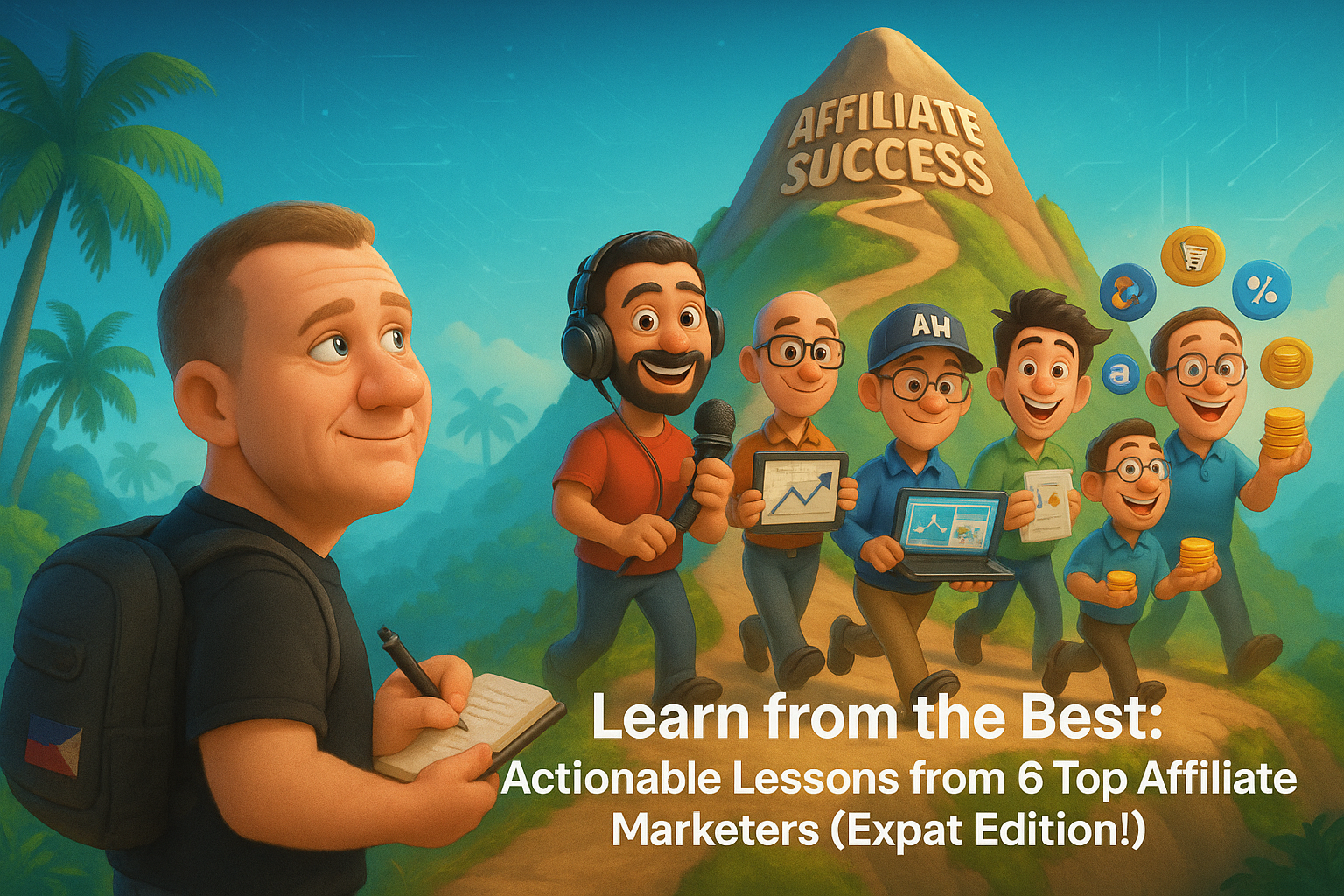

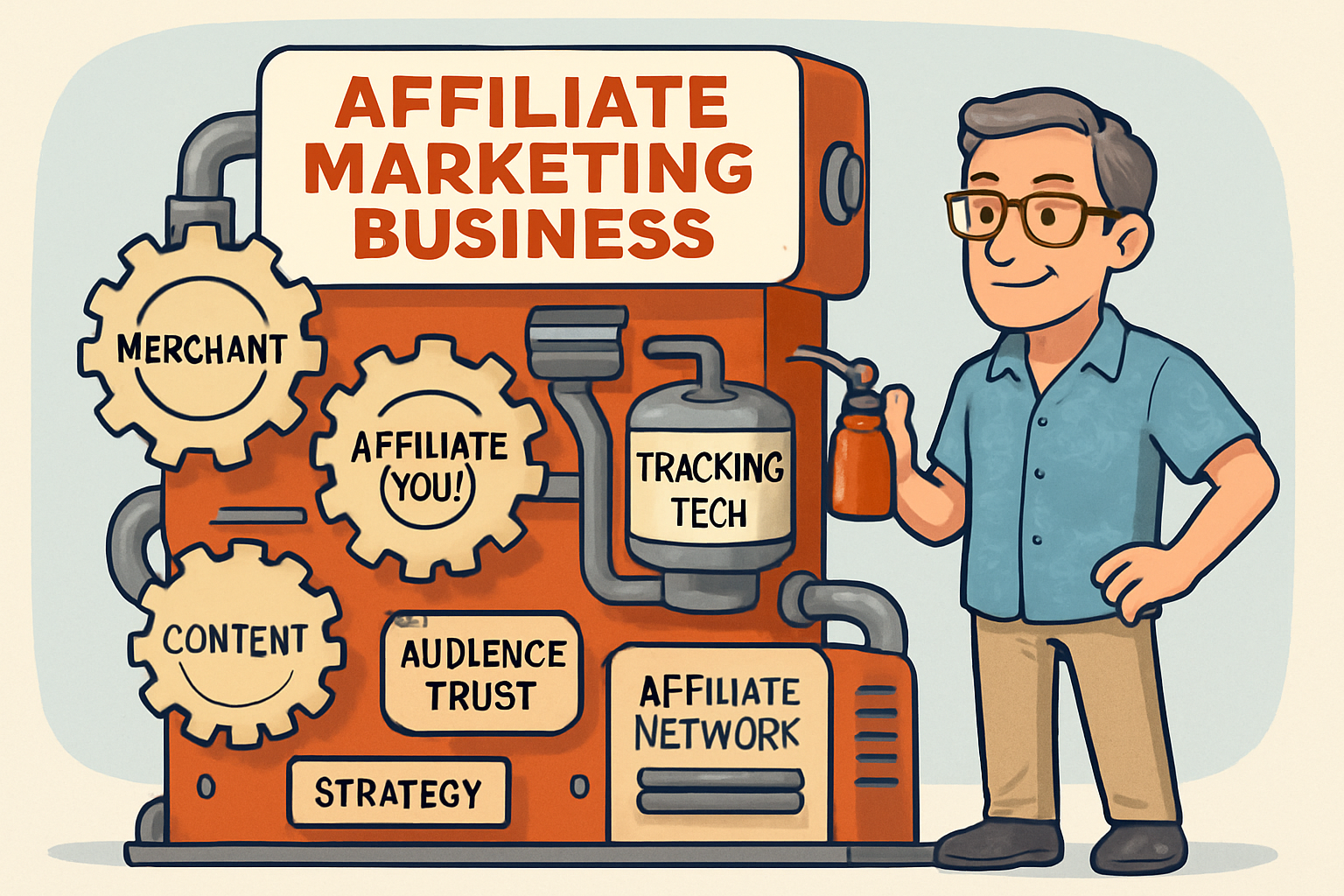





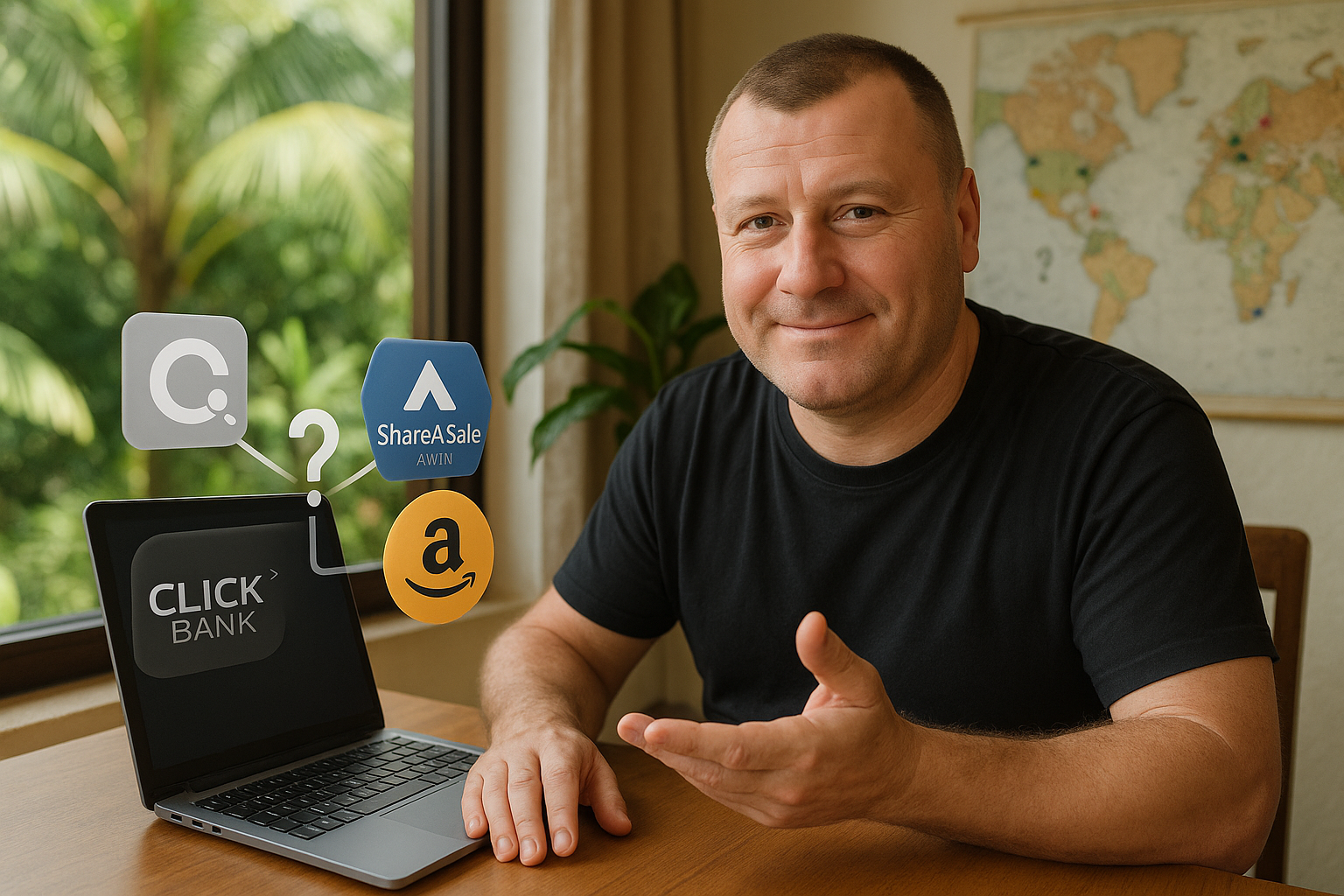
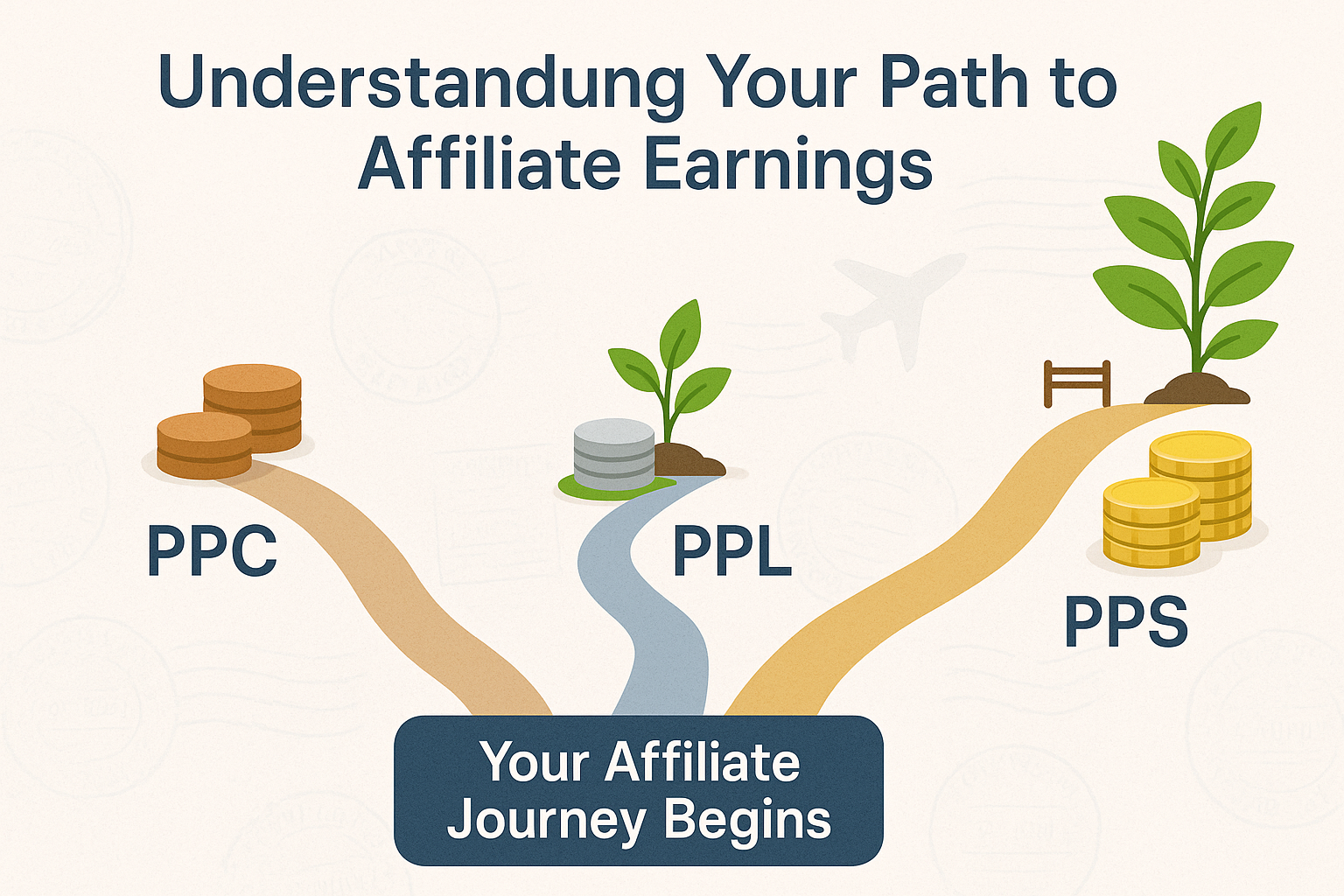
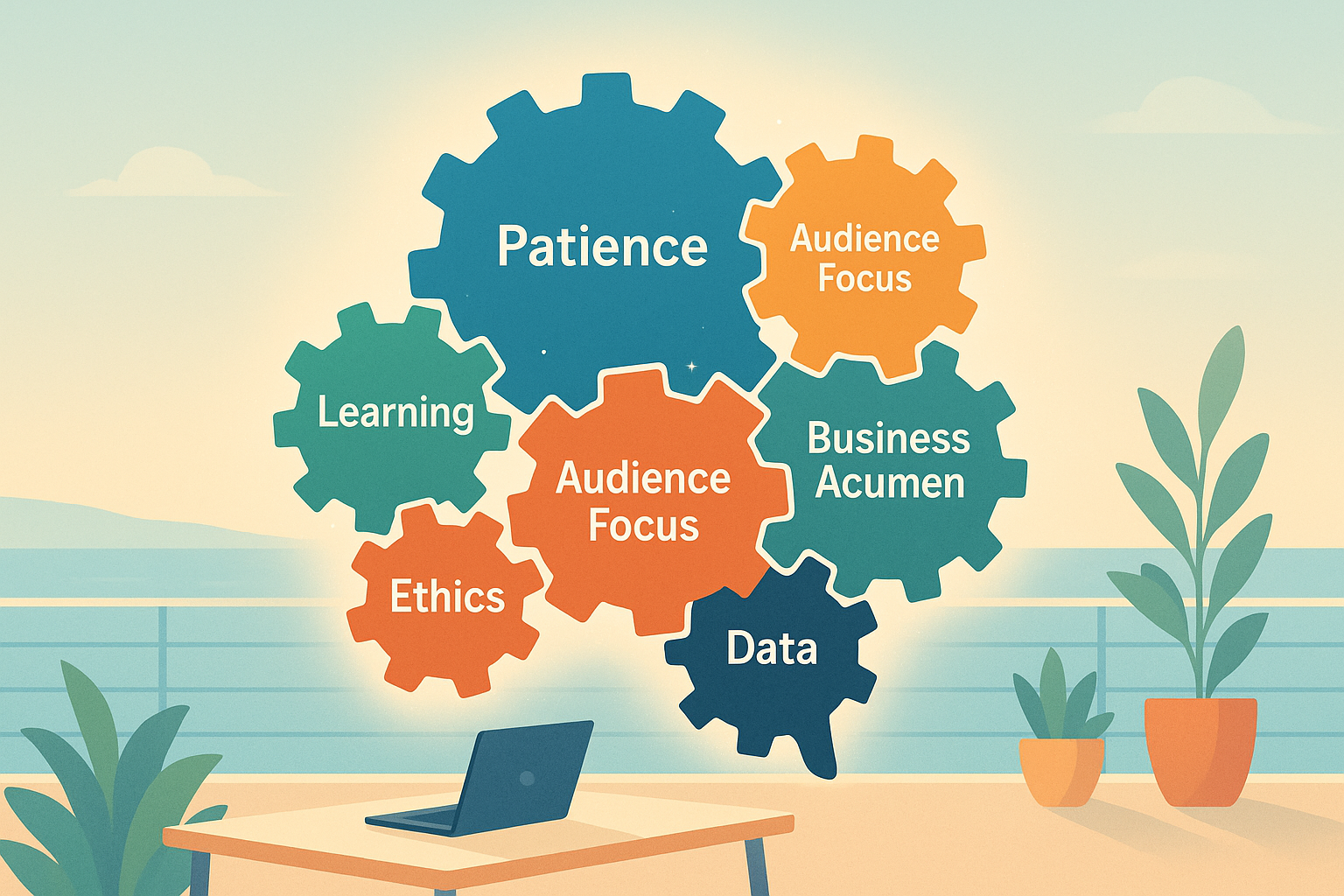
Leave a Reply